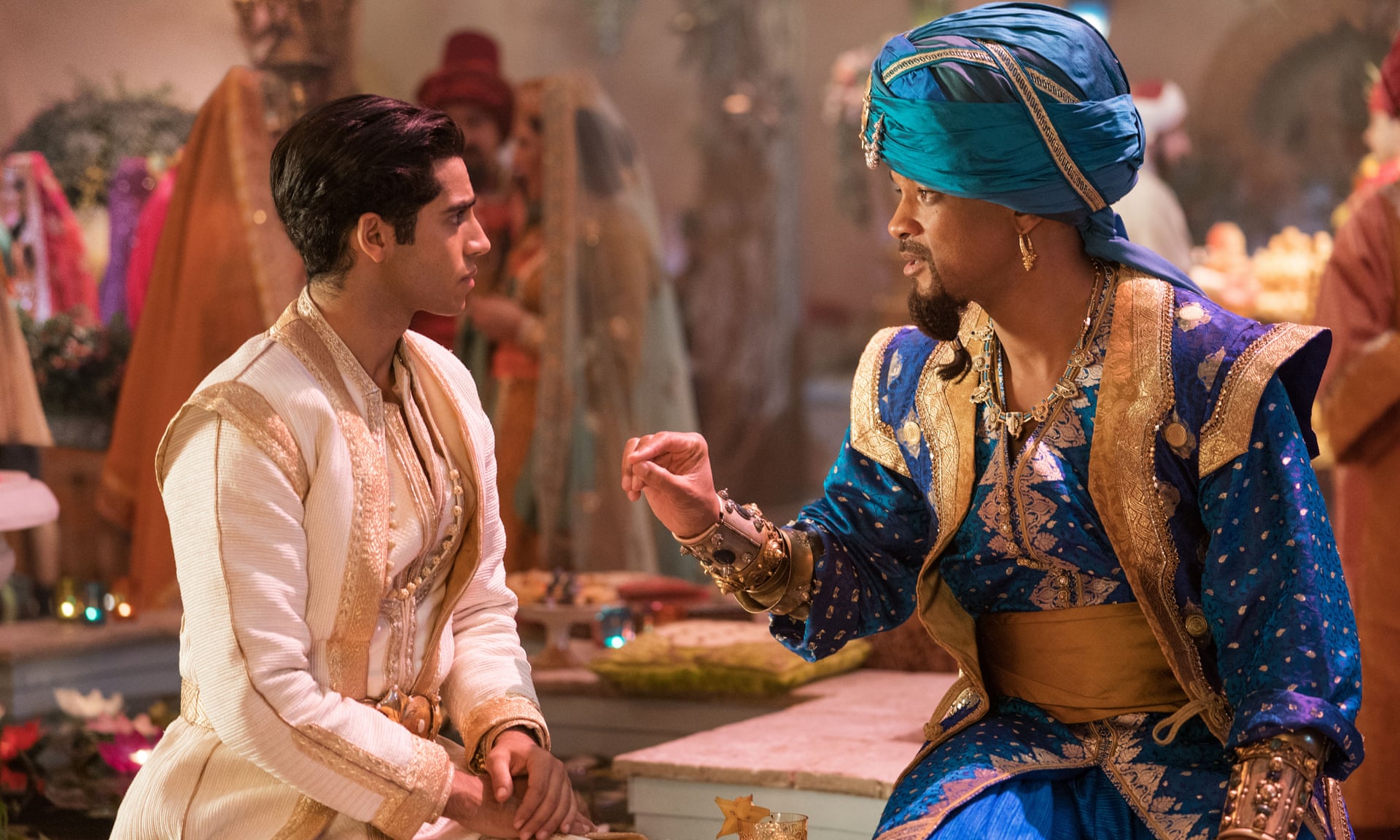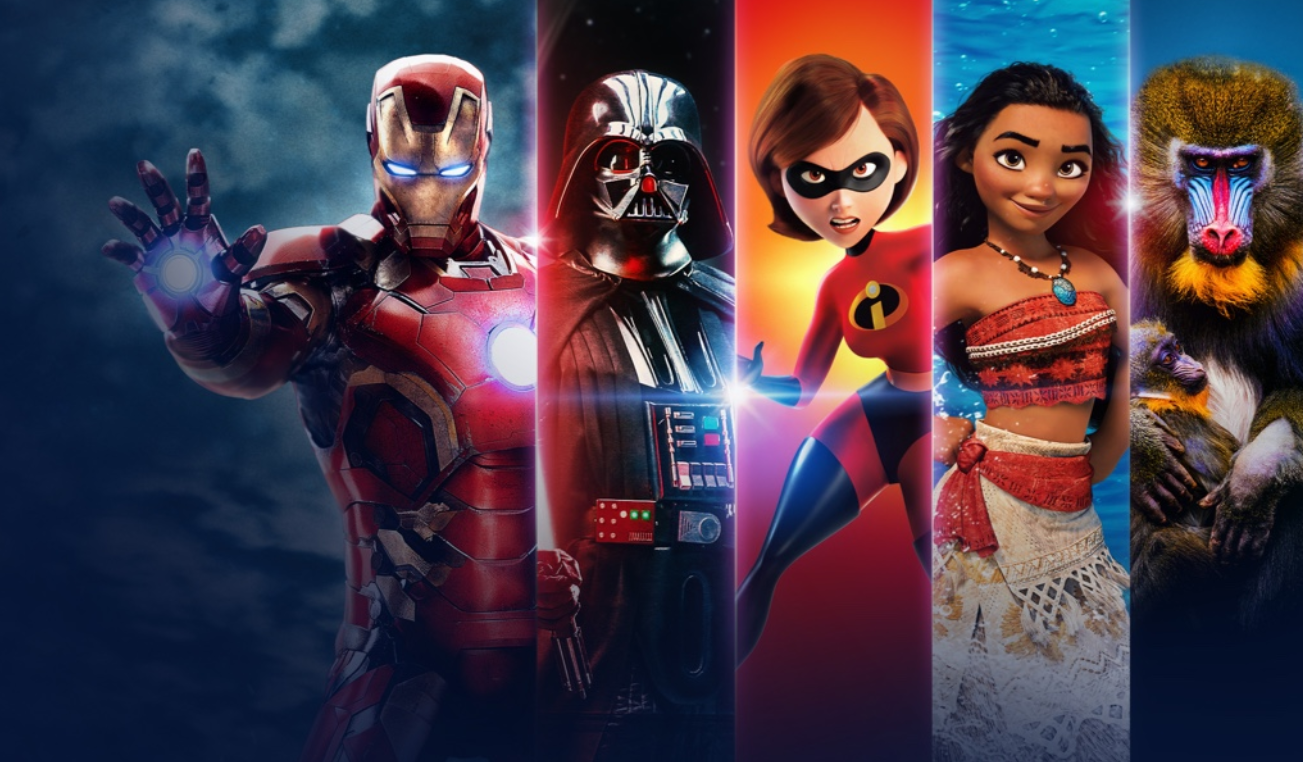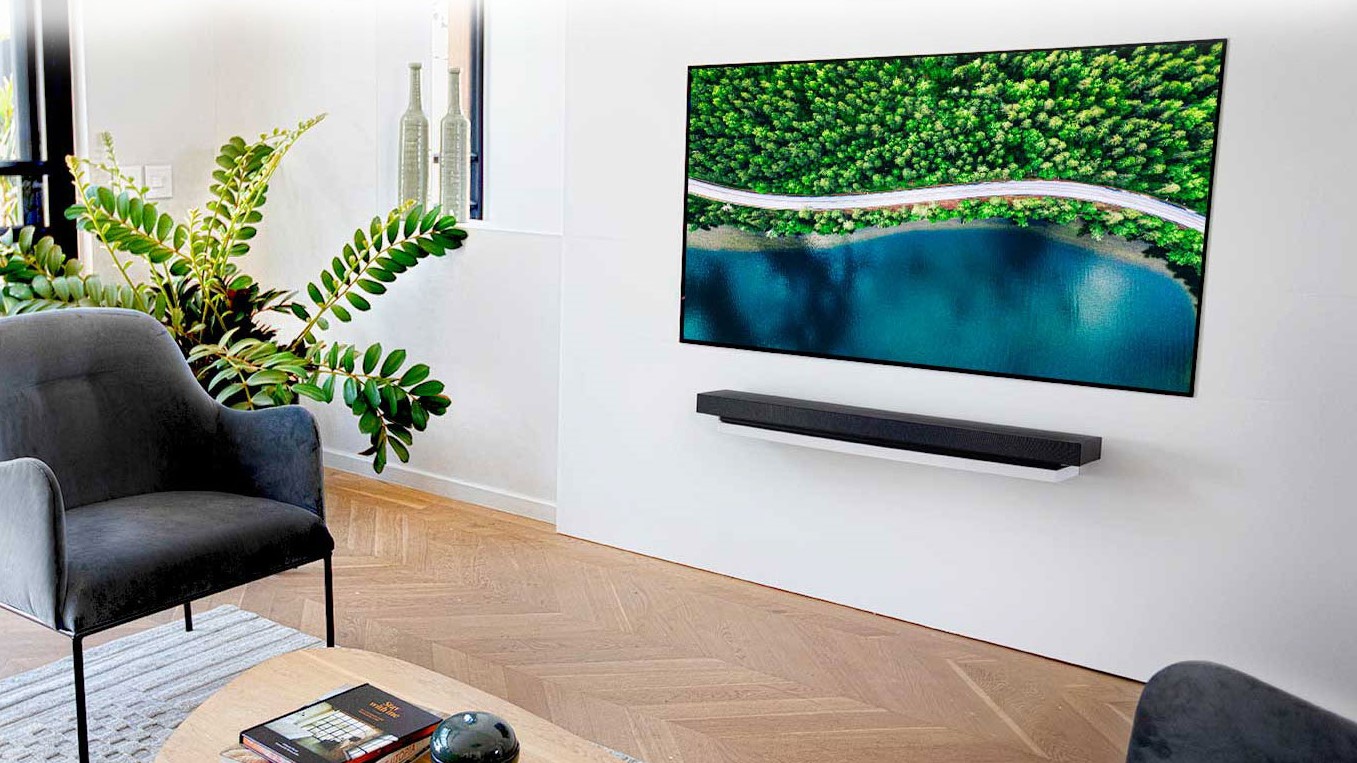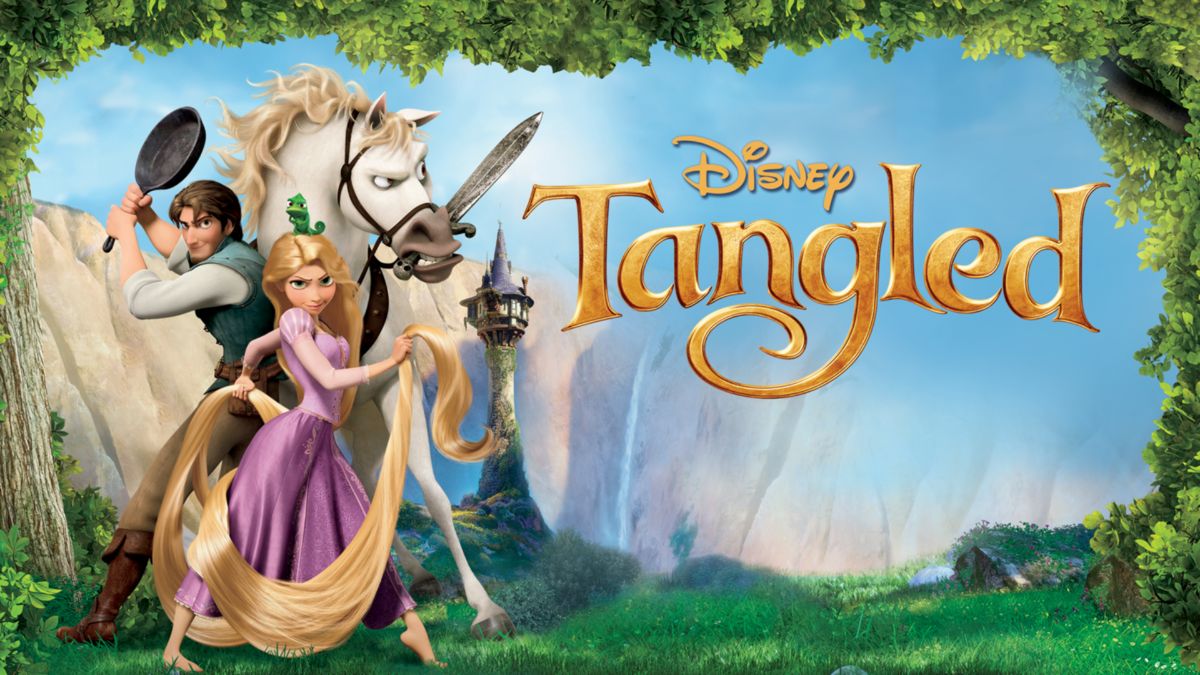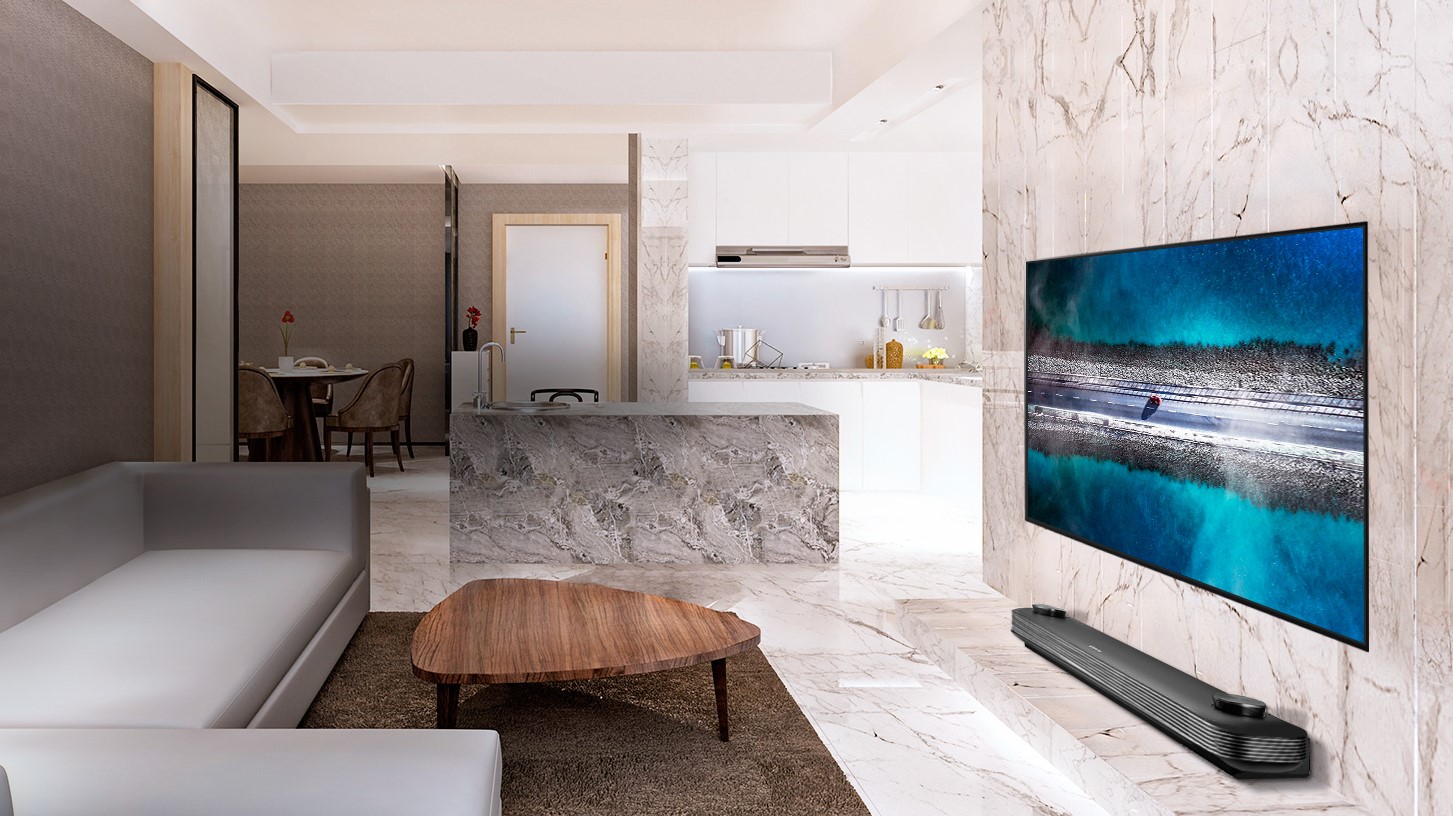In the past decade of Assassin’s Creed games, from the franchise’s humble beginnings back in 2009, Ubisoft has certainly got to work. We’ve had 11 mainline Assassin’s Creed games so far, jumping through so many centuries and settings that it’s hard to keep track of what world the latest one inhabits.
Whether you’re scaling Victorian buildings with a grappling hook in Syndicate, overturning ships in Black Flag, or gathering your fellow assassins about you in Brotherhood, the best Assassin’s Creed games have never lost their sense of adventure, giving players a way to visit carefully constructed worlds from across time – albeit with a little revisionism to make them more fun to play.
With the 12th entry in the franchise, Assassin’s Creed: Valhalla, set to launch later this year, we thought we’d bring together our definitive ranked list of the best Assassin’s Creed games so far, from the original 2009 entry that started it all to 2018’s Odyssey installment that brought us meddling assassins to ancient Greece.
While the overarching lore that connects all these games may be a bit hard to track, each AC game is still a journey unto its own – and this is our list of which should be on the top of your play pile if you haven’t tried them already.

1. Assassin’s Creed II (2009)
The first Assassin’s Creed sequel is also, it turns out, the Assassin’s Creed game the closest to the TechRadar team’s hearts. Launched two years after the first game, it amped up the action and intrigue with a move to Renaissance Italy, and a suave protagonist known as Ezio Auditore da Firenze.
There’s plenty of brilliant nonsense here, including an in-game Leonardo da Vinco NPC, who builds the player new weapons and items, including a flying machine (which Leonardo da Vinci actually designed). But other gameplay developments are what makes this game shine, with dual hidden blades and a new disarm mechanic.
More than anything else, Assassin’s Creed II showed how easy it was to continue the AC franchise in a whole new setting, and paved the template for the globetrotting, century-jumping entries to come.

2. Assassin’s Creed: Odyssey (2018)
Taking the action to ancient Greece, Assassin’s Creed: Odyssey offered a massive open world, bringing together some of the best aspects of the series while hewing closer to a full-on action RPG.
As a mercenary caught up in a war between Athens and Sparta, you end up travelling to some of the world’s most iconic landmarks – while an emphasis on story, branching dialogue options, and multiple endings make this one of the most engaging AC games of the franchise. (You get to fight some mythological creatures like the Minotaur, too.)
The combat in this action-heavy entry isn’t necessarily what AC does best, but the scope of this game was huge, and the gorgeous open world environment provides endless hours of joyful exploration. It’s a big AC game, and some may find it too big to finish, but it offers a freedom suitable for any assassin.

3. Assassin’s Creed: Brotherhood (2010)
Assassin’s Creed Brotherhood was a direct sequel to Assassin’s Creed II, set in the same Renaissance era in Italy, and couldn’t help but feel less fresh than the previous entry – hence not ranking quite as highly. However, the way Brotherhood picks up the baton and sprints with it still makes it one of the best Assassin’s Creed games in the series.
The name Brotherhood reveals this game’s main selling point: the ability to recruit other assassins and send them on missions to further the Assassins’ cause – or summon them into battle to fight alongside you. Who said assassinating had to be lonely?
Notably, Brotherhood also introduced the first online multiplayer mode for the series, seeing players sprint and parkour their way across rooftops to try and take each other out.

4. Assassin’s Creed: Black Flag (2013)
Pirates! Assassins! Pirate assassins! Black Flag was a hugely exciting departure for the series, taking the action onto the high seas in the 18th century – playing as the grandfather of the protagonist in Assassin’s Creed III.
As a swarthy pirate, you end up sailing as much as you do sneaking, but there’s still plenty of land-based action that the series is known for – along with ship-based warfare, whale harpooning, and even encounters with Blackbeard himself. Truly one of the most fun games in the series.
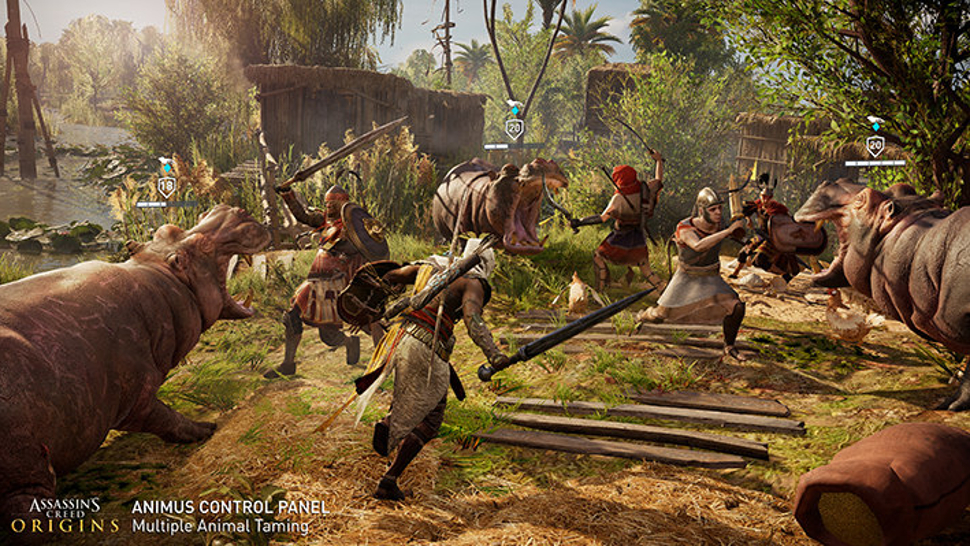
5. Assassin’s Creed: Origins (2017)
After a sensible year off from releasing games – one of Ubisoft’s favorite hobbies – players were treated to Assassin’s Creed: Origins.
Playing as a desert nomad in ancient Egypt, under the reign of Pharaoh Ptolemy XIII, you’re tasked with pursuing peace and safety for the population around you as its kingdom crumbles – with a truly epic origin story for the first ever assassins (so don’t expect to see any AC entries set before this).
With Cleopatra and Julius Caesar appearing, and lots of historical easter eggs to satisfy anthropological hobbyists, Origins was a brilliant entry that got the AC formula down pat.

6. Assassin’s Creed (2007)
The game that started it all. The original Assassin’s Creed was truly breathtaking in its scope and ambition for last-generation platforms (it launched on Xbox 360 and PS4, with a PC port soon after).
This game setup the curious sci-fi framing device of the Animus: a machine for hacking into genetic memories held in the protagonist’s (a kidnapped bartender named Desmond) DNA. Its open-world setting in the 12th century Holy Land, with the action jumping between Jerusalem, Acre, and Damascus during the Third Crusade.
Players take on the mantle of Altaïr, an assassin tasked with furthering the cause of their secret order, while gradually learning more about a mysterious artifact called the Apple of Eden, that recurs throughout the franchise.
Other games refined its formula, and others broke it, but 2007 Assassin’s Creed is what began our collective fixation with a pickpocketing, parkour, shadow-slinking assassin, and is one of the best games in the franchise for it. While the graphics and combat may not hold up today – enemies being incredibly easy to defeat simply by running around them until your health regenerated – it’s certainly worthy of its place on this list.

7. Assassin’s Creed: Syndicate (2015)
An Assassin’s Creed game set in Old Blighty? Count us in! Syndicate took the action to Victorian London, with all of the cockney accents, wood-panelled pubs, and silly hats you’d hope for. Syndicate also, for the first time, allowed players to pick their avatar’s gender, playing as either Jacob or Evie Frye (twin assassins) as they sought to free London from the cruel grip of the Templars – a welcome addition after half-hearted protestations from developers that women were… too costly to animate?
Players also got to use a dedicated grappling hook for quickly speeding up multi-storey buildings, brass knuckles for brawling in the city’s cobbled streets, and horse-drawn carriages for navigating the Victorian era world. A brilliant and imaginative setting, in a game that – despite its historical nature – showed that Ubisoft was catching up with modern day. As ever, though, some technical glitches held it back from greatness.

8. Assassin’s Creed: Revelations (2011)
Released just one year after 2010’s Brotherhood, Revelations was the first time Ubisoft appeared to be rushing things. It certainly felt familiar, with players filling the shoes of 21st-century protagonist Desmond, the original game’s Altaïr avatar, and Ezio from Assassin’s Creed II and Brotherhood – and it showed the franchise was in need of a refresh.
One notable addition, though, was the ‘hookblade’ – a grappling hook attachment to your iconic assassin’s blade – that helped elevate the game’s verticality and roof-jumping to a whole new level (roof level). It could also be thrown into enemies to pull them in for some good ol’ assassinating.
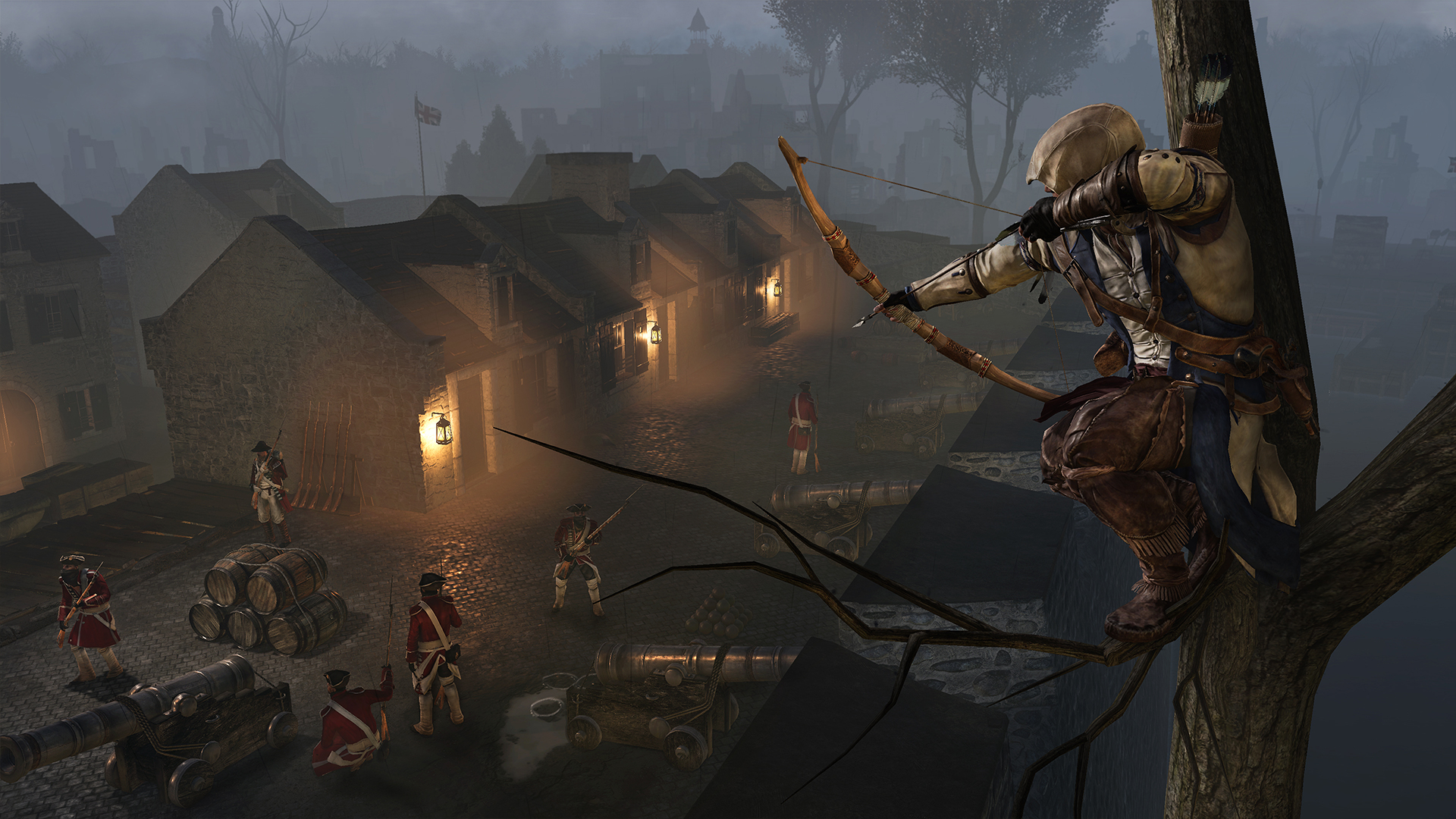
9. Assassin’s Creed III (2012)
Ubisoft needed a new setting for the AC game after Revelations, and it certainly made one. Assassin’s Creed III jumps in time to the American Revolution in the 18th century. Players take on the mantle of Connor, as a half-English, half-Mohawk character navigating colonial America.
With a new Anvil engine, the graphics really got an upgrade, while the American Frontier was a wonderful change from the largely European settings of the previous games that pushed the limits of the open world franchise even further – with an increase in use of natural foliage for sneaking and hiding, rather than the largely urban structures we’d grown used to.
Some less-than-inspiring mission design, though, let down what could have been a truly landmark AC game.
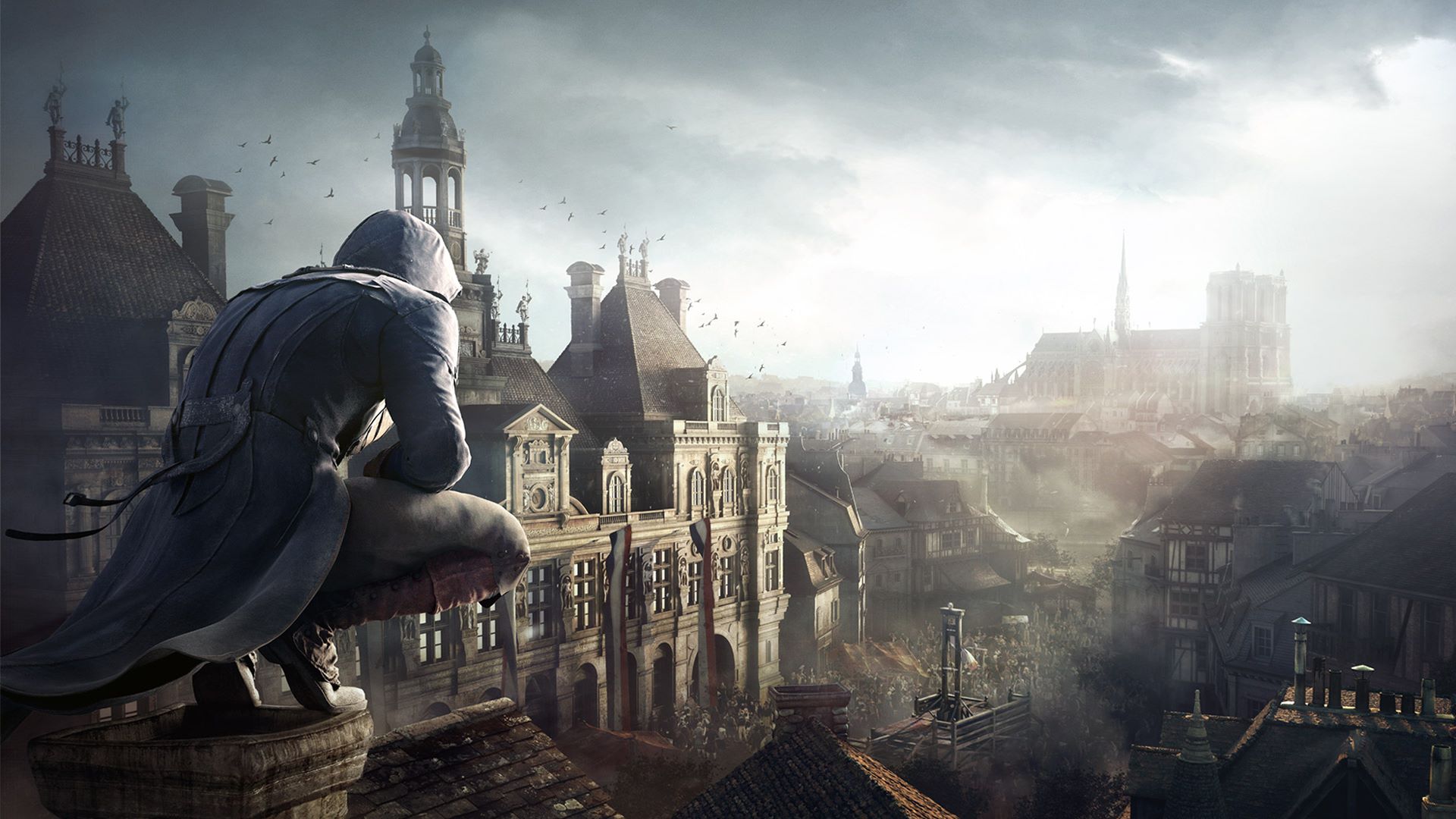
10. Assassin’s Creed: Unity (2014)
Unity was the first Assassin’s Creed game to launch on the current-gen PS4 and Xbox One, with the graphical jump that you’d expect. Set during the French Revolution, with the story largely taking place in Paris, the game brought AC firmly back to Europe after many a year in the American colonies or on the Caribbean seas.
Like Rogue – which launched, for some reason, in the same year – Unity was plagued by bugs, marring what could have been an explosive arrival on a new generation of consoles. It deserves some marks for its introduction of cooperative gameplay, though, allowing up to four players to complete missions together. Now that’s unity.

11. Assassin’s Creed: Rogue (2014)
Alas, poor Rogue. There was plenty of potential in this much-maligned Assassin’s Creed game, especially in putting the player in the shoes of an enemy Templar instead of a member of the Assassin’s guild. Expansion of the naval warfare in Black Flag was also hugely welcome, but some obstacles simply got in the way – namely, game-breaking bugs.
Rogue was truly the game where Ubisoft’s annual release schedule got the better of it, leading to a rushed game that launched with a huge amount of bugs and glitches, ruining immersion and leading plenty of players to ditch the story before it had really got underway (the campaign wasn’t overly long, anyway).

12. What’s next? Assassin’s Creed: Valhalla
With another upheaval to a new time and place, the next AC game – Assassin’s Creed: Valhalla – takes the franchise to medieval Britain, during the Viking expansion across the island nation.
You’ll take on the role of Viking raider Eivor, who leads their clan from their native home of Norway to the shores of Dark Ages England – with a hope of settling for good. But resistance from the Saxons (and a stern King Alfred) won't exactly make it easy.
This new Assassin's Creed game leans more into RPG elements, allowing players to build and manage settlements, raid towns for resources, form alliances and even customize their character.
It will be the first AC game on PS5 and Xbox Series X, with support for Smart Delivery on the latter – meaning anyone buying it on Xbox One consoles can upgrade to the next-gen version for free too. Our first look at the gameplay didn’t show off much, but we’re likely to get more in-depth showcases in the coming months, ahead of its release in late 2020.

